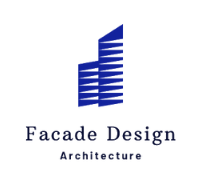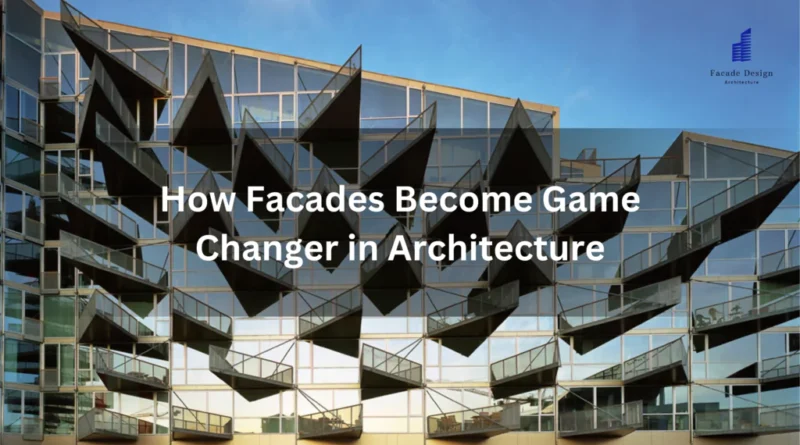Modern Facade Design Architecture: Just a Pretty Face
Last Updated on April 7, 2025 by Dipanjan
In architecture, a facade is a building’s outer face or frontage that serves both aesthetic and practical objectives, notably the main or most visible side.
The coating techniques and façade designs employed on buildings’ exteriors are major variables in determining their worth.
The role of facades design in architecture is crucial for light transmission, acoustics, and energy efficiency.
Why are Facades Become Game Changer in Architecture?
Low Maintenance and High Impact
- Unlike traditional exterior walls needs frequent upkeep, facades are designed to last.
- No need to worry to repaint or repair every few years, saving both time and money.
Digital Precision for a Perfect Fit
- Before installation of the facades, every detail is planned in a digital environment.
- 3D renderings allow you to tweak the design, just gives satisfaction.
Keeps Buildings Looking Fresh for Years
- Facades also give protection against weather conditions, keeping exteriors looking sleek and modern.
- Prevents water leaks and air leaks that prevents damage to interiors over time.
Metal Facades: A Durable & Stylish Choice
- Made of Aluminum and stainless steel are top choices for strength and style.
- Steel plates are mounted on sturdy frames, offering a variety of design options.
Lightweight & Cost-Effective
- Metal facades systems are lighter than other materials, reducing stress on the building structure.
- More affordable than many other exterior solutions, without compromising quality.
Built to Withstand the Elements
- Resistant to extreme weather, corrosion, and no need to frequently maintaining.
- Unlike plaster facades that require repainting every 2-3 years, metal facades hold up effortlessly.
How Many Types of Facades Are There?
1. Lightweight Facades Design in Architecture
Lightweight facades do not serve as structural components of a building. Instead, they support their own weight while enhancing aesthetics. These facades typically use a combination of glass and metals, making them easy to construct. Their design allows plenty of natural light to enter the building.
2. Traditional Masonry Facade Design
Traditional masonry facades also remain independent of the building’s structural framework. They support their own weight and often with bricks. Their simple construction process and ability to bring in natural light make them a popular choice.
3. Insulated Glass Facade
Insulating glass, commonly known as double- or triple-glazed glass, can improve a building’s efficiency by reducing energy consumption, improving acoustic performance, and increasing indoor comfort.
4. Heavyweight Facade
Heavy weight facades are heavier than other types of façade. If desired, these facades can be created to be integrated with the building. This type of facade is well-known for its longevity and tolerance to adverse environmental conditions like storms.
5. Clay and Ceramic Facade Design
Abstract contemporary clay tile facades create an intriguing exterior design. Clay as a facade material appears rich and in tune with the natural surroundings. It is also an excellent insulator, helping to control thermal comfort in interiors.
Conclusion:
A building’s exterior materials significantly impact on its usefulness, and aesthetic appeal. The appropriate choice improves energy efficiency, increases durability, improves interior air quality, optimizes acoustic comfort, and defines the overall aesthetic character of the structure. Every material decision has a direct impact on how a structure functions and feels to individuals inside.
Also Read:




